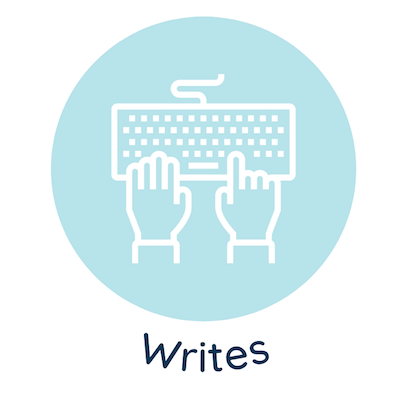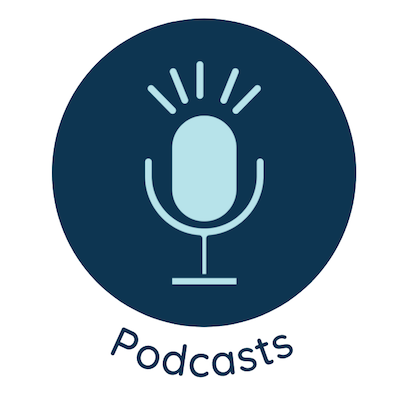Because I can’t get away.
Remember that day I whined about my heel? (If not, you can go ahead and read it now. I’ll wait, but not forever, so you might want to skim now and read for content later.)
A lot of you emailed, commented or tweeted your ideas about what was ailing me and how I could speed the recovery process. I never followed up with you to let you know how things turned out. Here’s my tale.
The general consensus after my convalescence post was plantar fasciitis. I ultimately agreed, and decided to quack on myself. I tried to fix it without going to the doctor.
Wrong.
After a few weeks of toughing it out, trying to run and ending up in excruciating pain every time, I listened to those wiser than I am (that would be: everyone). The coaches of my triathlon training team kept asking, “Have you seen anyone about this?”
They were subtle about it. Until one day when they were not.
“Go see someone, please,” they practically shouted.
Turns out, I do not have plantar faciitis. Are you ready for the diagnosis? I’m about to get very technical here, so forgive me. The problem is this: my legs are screwed up. From hips to heels, my legs are defective.
The doctor’s exact words: “Your calves are very special. In fact, you may have the tightest set of calves I’ve ever seen.”
Sometimes it’s good to be special, but this is not one of those times. Sometimes it’s good to be tight, but this is most certainly not one of those times.
The heel pain was due to – another technical term coming at you – calf messed-up-ness. The calf trouble is due to two things: decade-old injuries to both legs, leaving me with a lot of scar tissue (that’s another story altogether), and some poor construction. As in, I’m put together a little bit wonky, and all of my muscles are t-i-g-h-t. All the time. If you poke my hip, I will flinch, because my IT band is rock hard. (But really, why would you poke my hips? Keep your fingers to yourselves.)
On top of that – or, more accurately, because of that – I also walk funny. My left foot strikes on the outside, then rolls in, and I slam down on my heel. My right foot sort of clumps. Are you picturing Igor? It’s not obvious to the untrained eye (at least I don’t think it is… People who know me, is it obvious that I walk like a monster?). My efforts to compensate for this mess have left me with some gait issues.
Good lord.
I’ve had some hip issues since P was born, and truth be told, my lower back has always been a bit troublesome. The thing is, I ignored all of this. Mostly. There were times I would think, OUCH. But in general, I could function day-to-day and exercise moderately. So I ignored the daily discomfort and frequent pain.
Stupid.
I also kind of thought everyone felt this way. I didn’t know that muscles were not supposed to be hard. All the time. I assumed everyone had some pain when, and after, running. I mean, it’s running. It hurts, right?
Stupid.
So now I know. And if I haven’t mentioned it, I feel kind of stupid for not taking care of it sooner. A decade ago I did some physical therapy for my calves, but as soon as I reached a day-to-day functional level, I was done.
Ten years later, I really miss the camaraderie of training and the excitement of pursuing a goal, like a marathon or triathlon. And that gets us back to the beginning of this tale. I decided to train for the Danskin Triathlon, and realized that my legs still need work.
Long story still long, I now spend two-to-four days every week doing Active Release Technique, therapeutic massage (and massage is a really kind word for that – it’s the most painful thing I’ve experienced next to labor pains), and PT. At home, I’m stretching, doing PT exercises and icing. This is what I do. This, plus laundry, and you have my day.
The bad news? I have a long, long, looooong way to go. My calves are loosening, but my IT band and everything in the hip/butt/thigh region needs more time.
The good news? I am still signed up for the Danskin on June 5. The doctors and my training group coaches feel like I can at least complete the race. This year it’s about finishing. By next year, my legs will work and I can do the race in a more timely fashion.
The moral of this story: do not ignore chronic pain. Do not accept that day-to-day functional levels are good enough. It’s possible that you can do better. It’s possible that you can get better.
I can’t believe I have lived most of my life, and to a greater extent, the last 10 years, in daily pain or discomfort. Stoopid. With two o’s.
I wonder…
:: Have you ever dealt with chronic pain?
:: Do you ever think, duh, why didn’t I do this sooner? (About anything, not just your health.)






 Lapsed homemaker. Looking to hire a full-time housekeeper who will work for the sheer joy of a job well done and free coffee. Interested parties, DM please.
Lapsed homemaker. Looking to hire a full-time housekeeper who will work for the sheer joy of a job well done and free coffee. Interested parties, DM please.
Gah that sucks. I hope your calves and everything else that’s tight, loosens up (that sounds suggestive!) in time for your race.
I used to run. Until I had a baby and since then, I’ve been using him as an excuse not to. When I did though, I always have problems with shin splints. Apparently it had to do with the shoes. Yeah, blame the equipment.
I know this is rather long, but I want to say, I read the About You page and thought how much alike we are. I too, hate abbreviations. I too, start sentences with So, And.
I will be back!
Yes! Stoopid with 2 Os!
You are painting quite a picture of your gait, my dear!
I do know chronic pain far too well, but your poor legs make me hurt to read it! Am impressed u r still competing. You go girl! I had a miniscus repair last summer that somehow didnt heal properly and left me in PT for months. Now, i still cnt bend likeni used to, albeit “functional limits”. I want to sit indian style with my kids and roll easily on the floor….bottom line…yoga is really helping me slowly but surely. The long stretches are great and am certain i have increased my ROM. Maybe it will help you? Have you tried it? Feel better. Love your blog.
I am so sorry to hear that you are dealing with a wonky make-up, tight muscles and pain. 🙁 But, how awesome is it that you are working through all of that to compete in the Danskin race? If it means anything, I don’t remember you walking funny at all when I saw you in Austin last year. Good luck on June 5th!